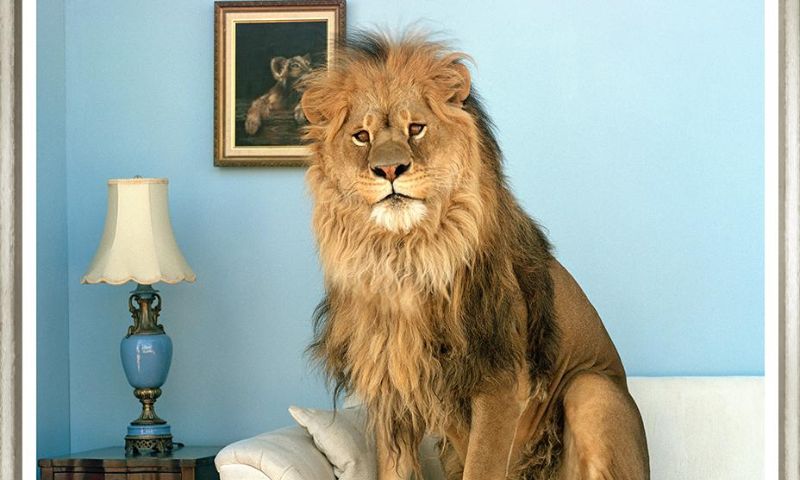ISLAMABAD: In Pakistan and some other countries, it is becoming a trend for the wealthy to keep lions, tigers, and other big cats as pets.
While the idea of owning a majestic animal may seem thrilling, the reality is far more dangerous and complex than most realise.
What is a big cat?
The term “big cat” includes seven species: lion, tiger, jaguar, leopard, snow leopard, cheetah, and cougar.
These are not oversized house cats—they are wild predators with powerful instincts and physical strength.
Is it legal?
In many places, including Pakistan, laws exist to restrict the ownership of wild animals, but enforcement is often weak.
Legal loopholes may exist, but owning such animals poses undeniable risks to public safety and animal welfare.
Big cats are not pets
These animals are not domesticated. No matter how early they are raised in captivity, their wild instincts remain intact. Even in play, their strength can injure or kill. Zookeepers with years of experience handle these animals with caution for good reason.
In their natural habitat, big cats roam vast territories, hunt their prey, and interact within complex ecosystems. Captivity strips them of these essential behaviours. What may appear as affection in a confined space is often a symptom of stress or learned helplessness. Forcing these apex predators into an artificial environment does not demonstrate love—it highlights a misunderstanding of their true nature.
Cost and commitment
Owning a big cat can cost over $100,000 in the first year alone, with ongoing annual expenses of around $10,000.
Proper enclosures must be large, secure, and enriched.
Their diet demands fresh raw meat, supplemented with nutrients they would naturally get in the wild.
Health and safety risks
Big cats can carry dangerous diseases.
Veterinary care is limited and highly specialised.
They also mark territory with pungent urine that can permanently damage property.
The bottom line
While owning a tiger or lion may look impressive on social media, the reality is dangerous, costly, and unethical. Wild animals like these belong in the wild or professional sanctuaries—not confined to private homes. It’s time to confront and reject the trend of exotic pet ownership before more lives—both human and animal—are needlessly endangered.




























